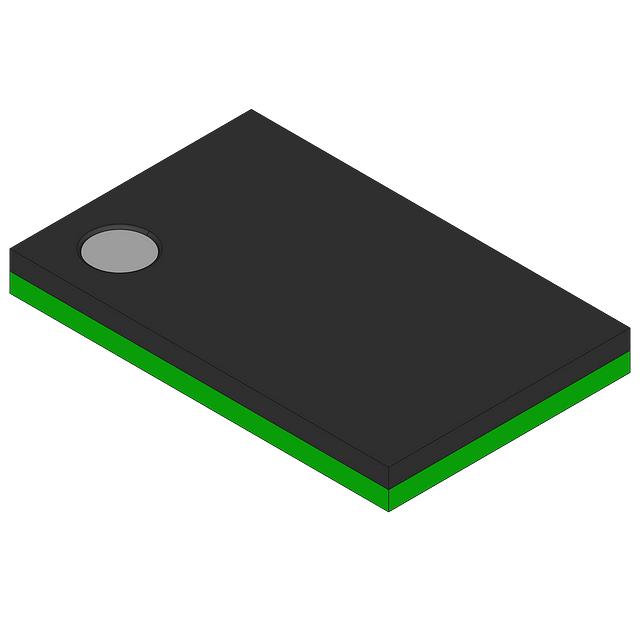NXP Semiconductors
NXP Semiconductors is a global leader in the semiconductor industry, providing high-performance mixed-signal and standard products for various applications. With a rich history dating back to 1953, NXP has established itself as a trusted provider of innovative solutions. Headquartered in the Netherlands, NXP operates in over 30 countries and employs approximately 30,000 people worldwide. Their mission is to create secure connections and infrastructure for a smarter world. NXP's product portfolio includes microcontrollers, secure identification solutions, automotive electronics, sensors, RF power amplifiers, connectivity solutions, and more. They actively collaborate with industry partners and research institutions to drive technological advancements and promote sustainability.





